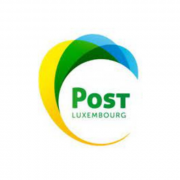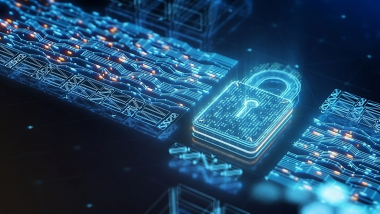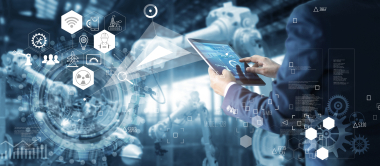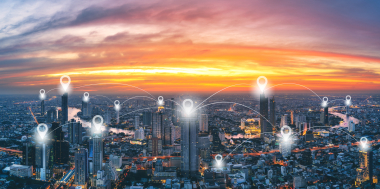Prepared for critical infrastructure failure?
Critical Infrastructure are those assets, systems, and networks that provide functions necessary for our way of life. They are part of a complex, interconnected ecosystem and any threat to these sectors could have potentially debilitating national security, economic, and public health or safety consequences. Critical infrastructure faces various cybersecurity risks that can have severe consequences if exploited. Some of the key risks include:


















